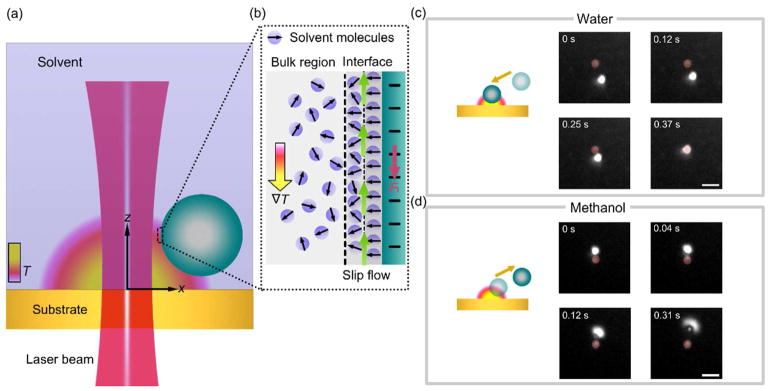Figure 1. Working principle of opto-thermophoretic tweezers.
(a) Schematic illustration of thermophoretic trapping of a colloidal particle at the hot region of an opto-thermal substrate upon irradiation by a laser beam. (b) Schematic illustration of a layered structure of solvent molecules at the particle-solvent interface. The interfacial-entropy-driven force Fi (red arrow) originates from an induced slip flow (green arrows) under a temperature gradient field ∇T, driving the particle from the cold to hot region for its trapping at the laser beam. (c) Schematics and optical images of trapping of a 1 μm polystyrene (PS) sphere in water due to the dominance of the interfacial entropy-driven force Fi. (d) Schematic and optical images of anti-trapping (i.e., repulsion from the light-irradiated hot region) of a 1 μm PS sphere in methanol due to the dominance of dispersion force Fd (See Figure S1). A laser beam with a diameter of 2 μm and a power intensity of 0.16 mW/μm2 was irradiated onto the opto-thermal substrate (indicated by red circles in the optical images of c & d). A 20 μm thick chamber that contains the colloidal solution was stacked on top of the substrate. Scale bars in the optical images of (c–d) are 5 μm.

